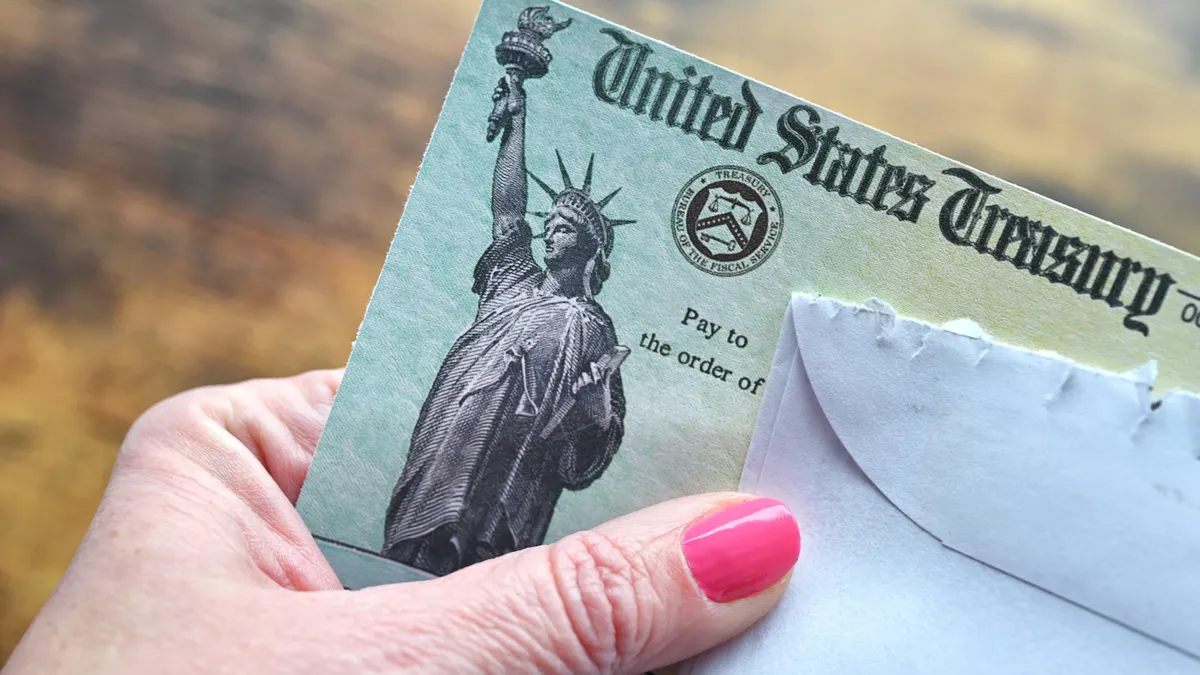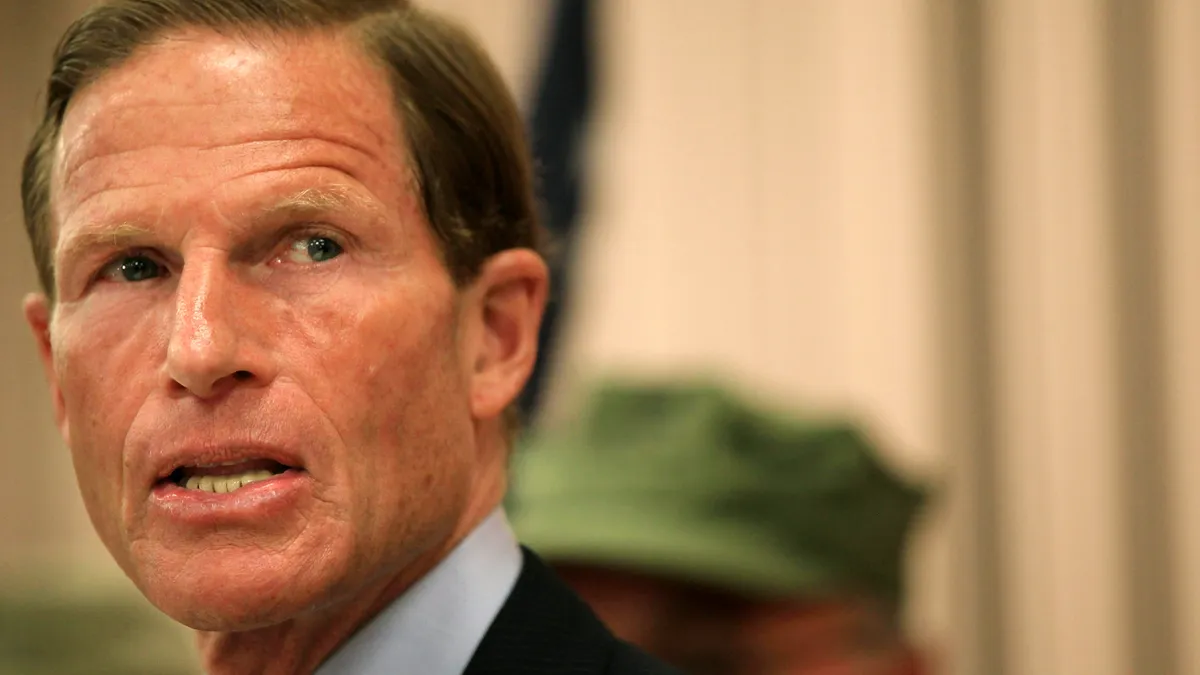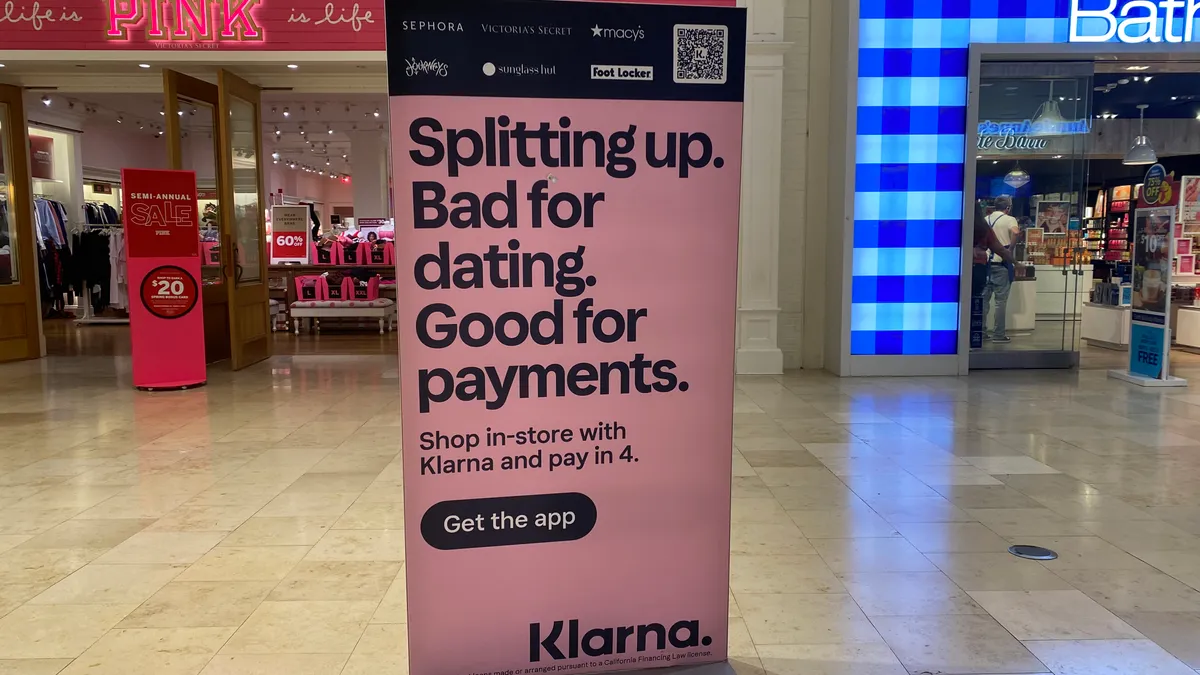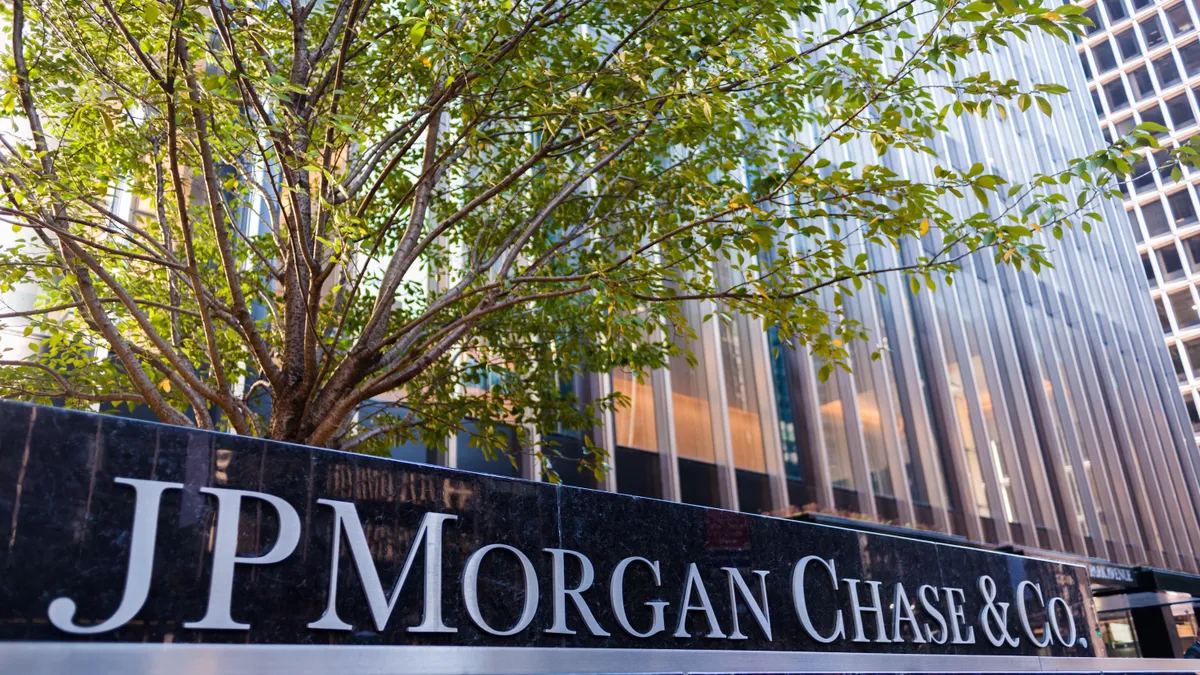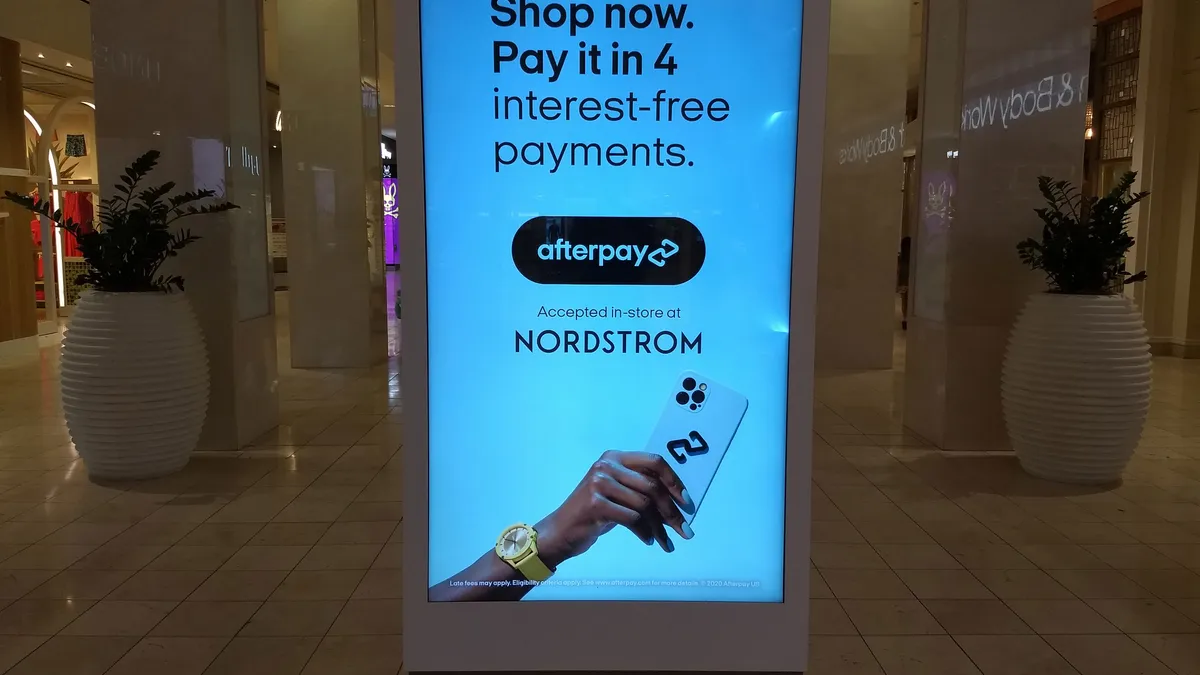Payments giant Fiserv anticipates new business with the U.S. government as agencies refine their plans to retire paper checks to comply with a Trump administration executive order mandating digital payments.
The edict virtually guarantees new business for payments companies that can assist the government’s transition, Justin Jackson, Fiserv’s head of enterprise payments, said last week in an interview.
“I think there absolutely will be formal business awarded to different industry providers,” he said Sept. 8, noting that governments at all levels are not “in the business of operating a transactional financial institution.”
Under the March executive order, the federal government faces a Sept. 30 deadline to phase out paper check disbursements and tax refunds, benefits payments, paying vendors and payments within the bureaucracy “to the extent permitted by law.”
“We’ve certainly had a number of conversations around how they can approach this (executive order) and other requirements around electronic payment processing, both as recipients and as senders of those transactions,” Jackson said.
The Payments Leadership Council, which has six members, including Fiserv and Fidelity National Information Services, told Treasury officials in a June 30 letter that they should “leverage the strengths of a diverse, competitive private sector and the deep operational experience of payments providers.”
The Treasury Department drew about 250 comments from its formal information request in May, with most payments players and associations highlighting how they can help Uncle Sam ditch paper checks.
“This is a big, fat, juicy plum,” Scott Talbott, executive vice president of the Electronic Transactions Association, said Thursday, referring to the commercial opportunity for payments companies.
Contracts to help the government migrate to the benefits of electronic payments will likely provide payments companies with high transaction volumes and a steady, recurring revenue stream, Talbott predicted.
Paper checks persist across the government at the Internal Revenue Service, which sends tax refunds and takes tax payments, and within the Social Security Administration, which mails many older Americans monthly benefits checks. “Less than one percent” of Social Security beneficiaries receive paper checks, an SSA spokesperson said Friday in an email. One percent would equate to 690,000 people, based on an estimated 69 million benefits recipients this year, according to an agency fact sheet.
A wide collection of interests wrote to the Treasury over the summer, including the stablecoin issuer Circle Internet Group; the Electronic Transactions Association; the Financial Technology Association; the Financial Data and Technology Association; Intuit; the Innovative Payments Council; and Nacha, which oversees the ACH network.
Early Warning Services told Treasury officials June 30 that it is “uniquely positioned” to help the government by deploying its Zelle payment network to help eradicate paper.
One example of the pitching: The Treasury would have saved $68 million last year if it had issued ACH credits in lieu of the 36 million checks it sent, Nacha’s executive vice president, Michael Herd, said in a June 26 letter.
The Treasury received about $800 billion “non-electronically,” or 15% of its total receipts in the 2023 fiscal year, Visa’s associate general counsel, Ky Tran-Trong, noted in the card network’s letter offering to share its “payment digitization experience.”
FDATA argued in its June comments that the modernization effort will be successful only if the administration supports a “robust open banking framework,” to enable expansion of pay-by-bank options via ACH, FedNow and RTP networks. Many of these transactions would be supplied by the association’s fintech members.
The government hasn’t yet offered tenders or proposal requests, Fiserv’s Jackson said, with Sept. 30 “kind of your starting point for the clock” on when the government may contract new work on payments.
“Some (agencies) will probably move very, very quickly,” Jackson said. “Others may move much more slowly, and so you'll see a mix come out of it, but it’ll probably all happen after that September 30 deadline.”
The Bureau of Fiscal Service, an office within the Treasury, is expected to coordinate many of the agencies’ approaches and needs from the private sector, Jackson said. The BFS did not respond to requests for comment.
Ahead of the deadline, the Treasury is “implementing a comprehensive public awareness campaign to raise awareness and facilitate a smooth transition, including outreach to key stakeholders,” through channels including social media and press releases, department spokesperson David O’Brien said Friday via email.
A vendor “can't really say ‘I’m going to go after this agency, or I’m going to go after that agency or they represent an opportunity,’ because BFS is helping them figure out what do they need to do and how are they going to do it,” Jackson said.
Trump’s order also covers all federal government payments for intragovernmental purposes, benefits, vendors and tax refunds, to make the transition to some electronic form, whether by credit or debit card, direct deposit, real-time payment or digital wallet. Payments to the government are also required to be made electronically, where permissible by law.


